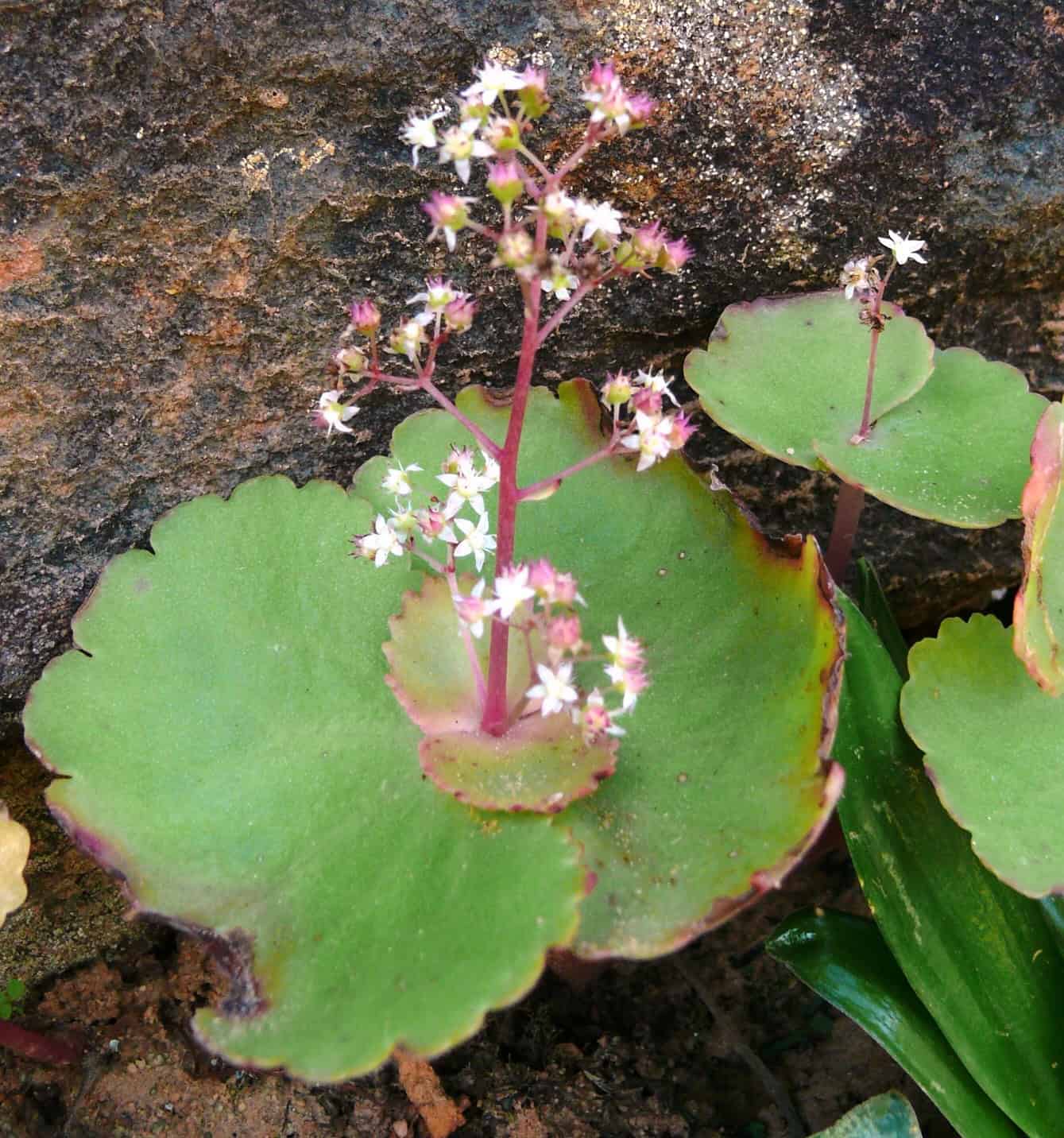The Middle East is often associated with its iconic landmarks and bustling cities, but beyond the well-trodden paths lies a treasure trove of hidden gems waiting to be discovered. From ancient villages perched atop mountains to remote desert landscapes and pristine coastlines, this region offers countless lesser-known destinations that are rich in history, culture, and natural beauty. These less-traveled paths provide a unique opportunity to experience the Middle East in a more intimate and authentic way, away from the crowds. If you’re seeking adventure, tranquility, or a deeper connection with the region’s heritage, these 15 destinations are well worth exploring.
Wadi al Mujib, Jordan
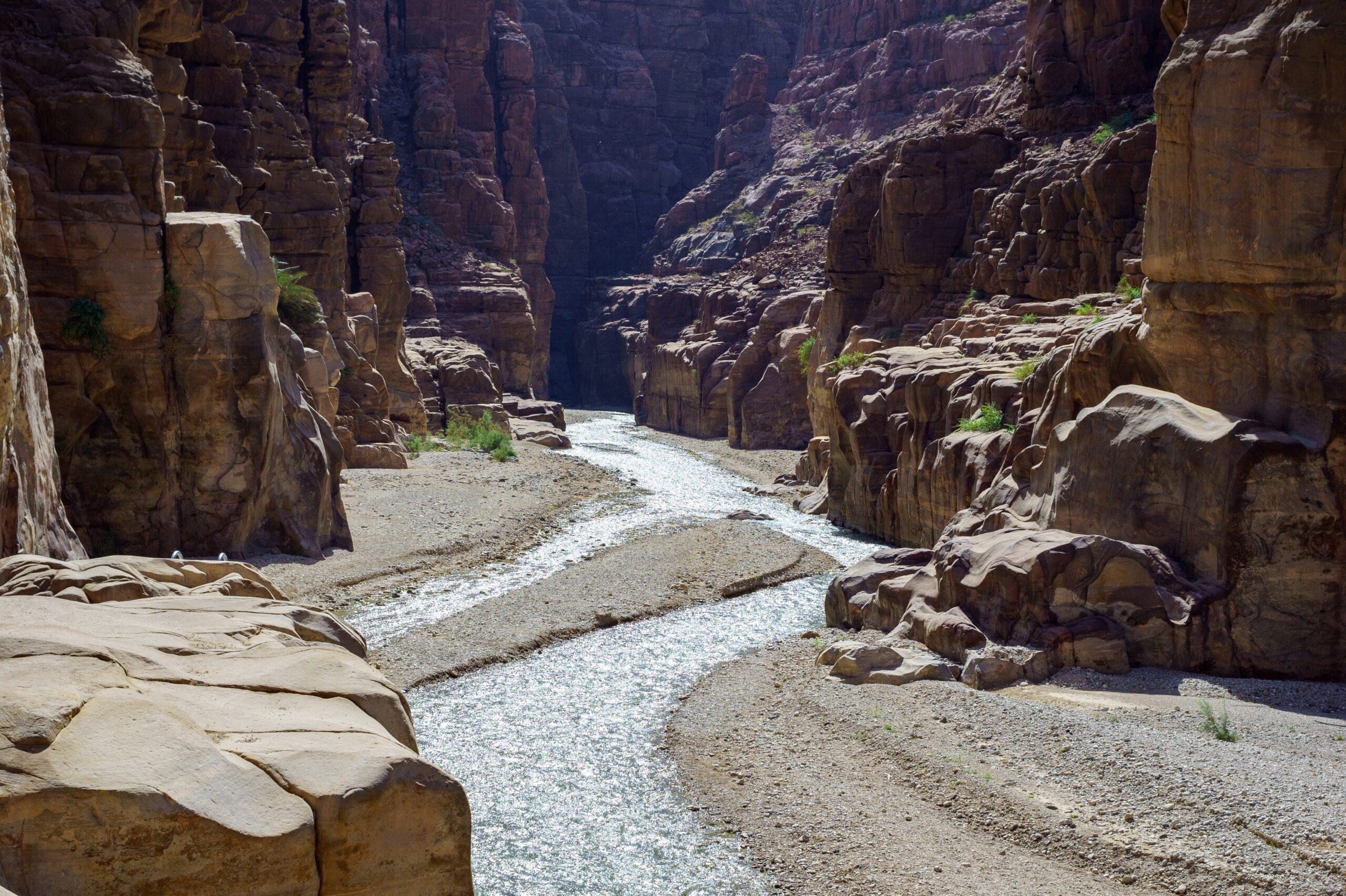
Wadi al Mujib, also known as the Grand Canyon of Jordan, is a spectacular river canyon that offers one of the most thrilling adventure experiences in the Middle East. It’s a haven for outdoor enthusiasts who love hiking, canyoning, and swimming. The gorge, which cuts through steep cliffs, is part of a nature reserve that plunges into the Dead Sea, the lowest point on Earth. What makes Wadi al Mujib truly special is its dramatic landscapes, where narrow rock walls create an almost otherworldly atmosphere. The reserve is also home to diverse wildlife, including the Nubian ibex and various bird species. The trek through the canyon, especially the Siq Trail, is challenging yet rewarding, with breathtaking views, natural pools, and waterfalls. Despite its beauty, Wadi al Mujib remains relatively unexplored by the masses, making it an ideal destination for those seeking solitude and a connection with nature in one of Jordan’s most beautiful and least crowded spots.
Djara Cave, Western Desert, Egypt
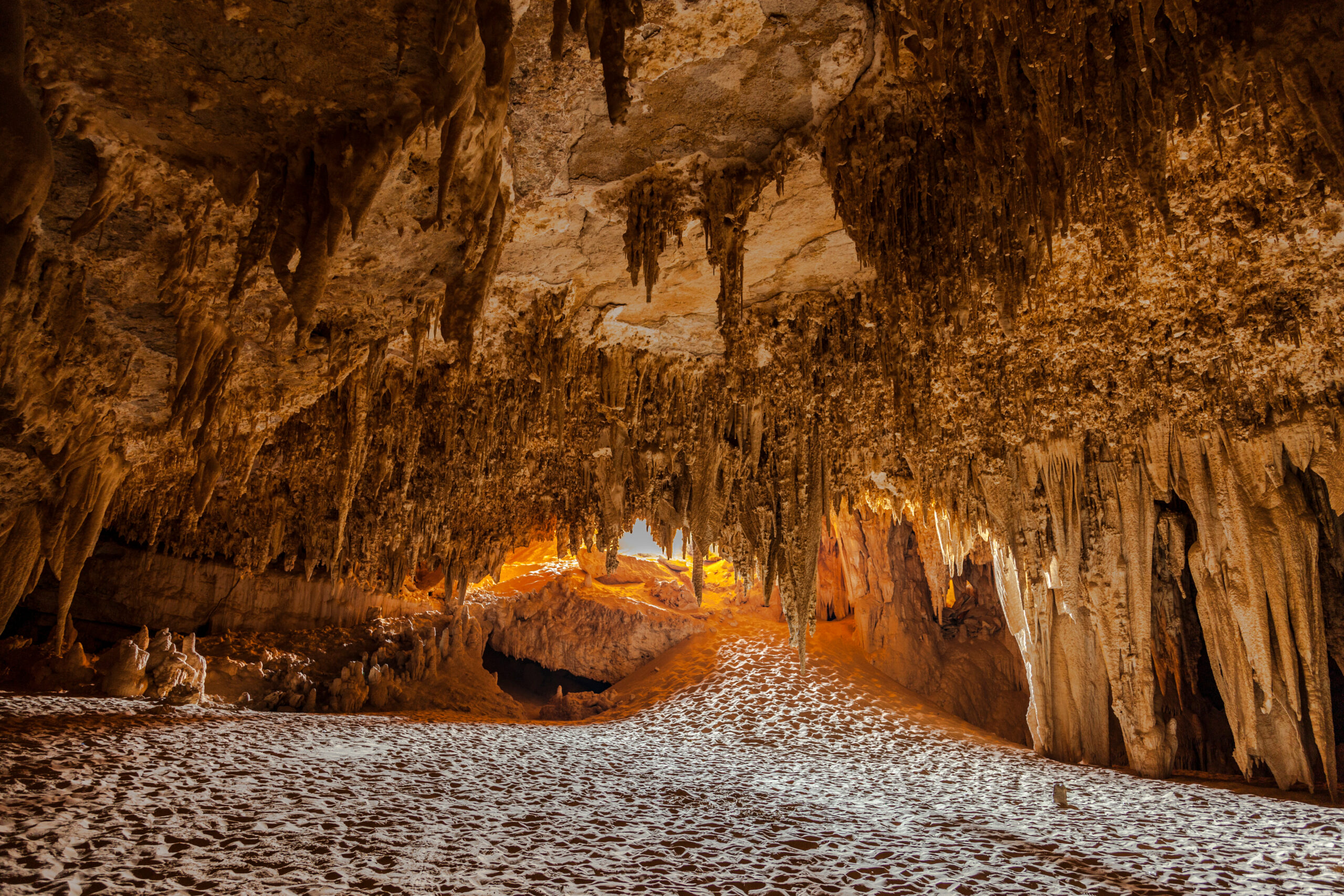
Djara Cave is a hidden gem located deep within Egypt’s Western Desert, far from the bustling crowds of Cairo and the tourist-packed Nile Valley. This cave is a natural wonder that has remained relatively unknown to the outside world, preserving its untouched beauty. The cave is adorned with stunning stalactites and stalagmites, some of which are thousands of years old, offering a glimpse into the region’s geological past. What makes Djara Cave truly unique is its remote location, which requires a challenging off-road journey through the desert, often only accessible with the help of a knowledgeable guide and a 4×4 vehicle. The sense of isolation and the pristine condition of the cave make visiting Djara an almost spiritual experience, where travelers can explore its intricate formations in silence and wonder. As an unexplored marvel of Egypt, Djara Cave is a must-visit for those seeking adventure and a deeper connection with the natural world.
Shali Fortress, Old Siwa, Egypt
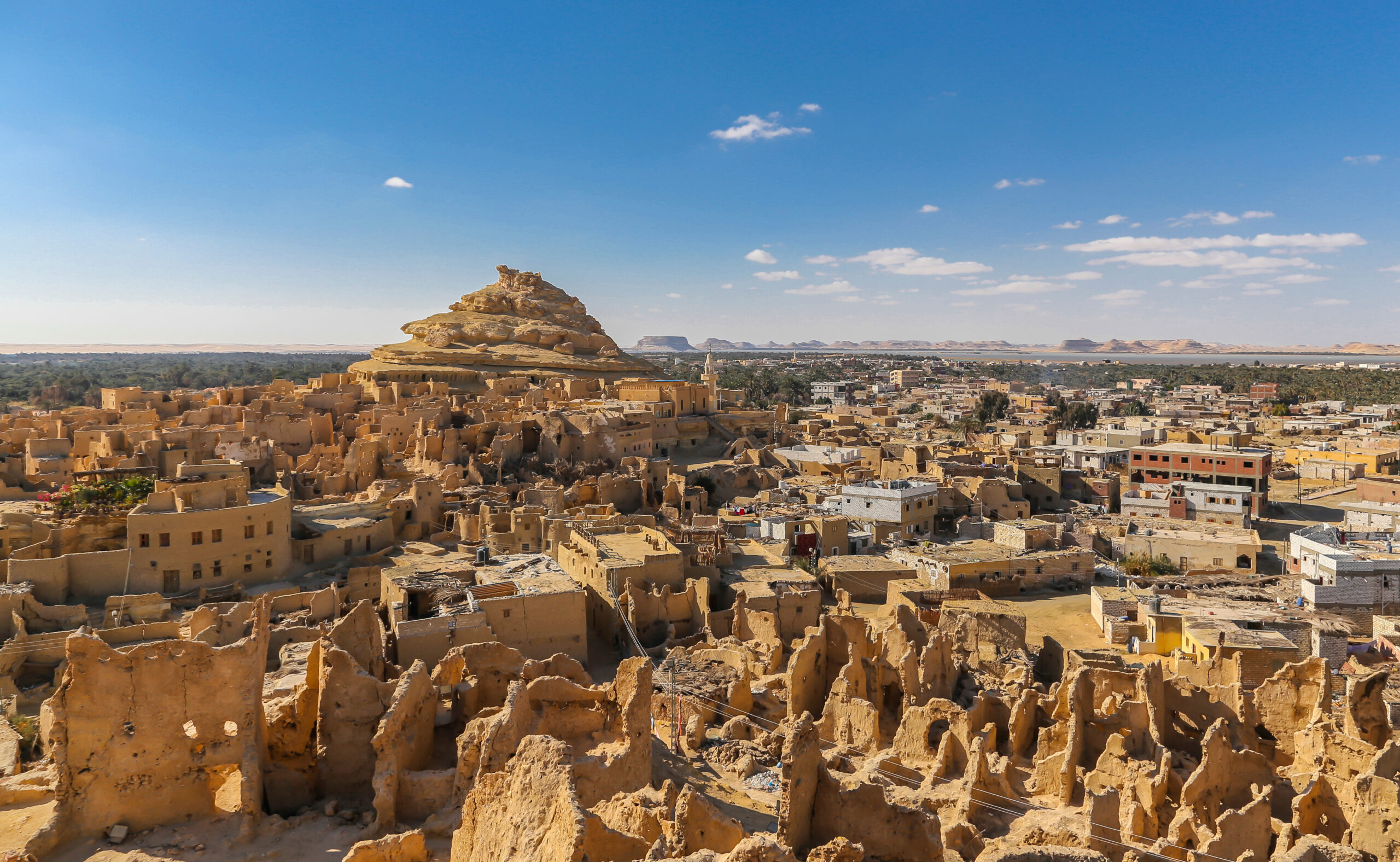
The Shali Fortress in Old Siwa, Egypt, is a remarkable example of ancient architecture nestled within the oasis of Siwa, one of Egypt’s most isolated and culturally unique regions. Built from kershef, a material made from local salt and mud, the fortress was constructed in the 13th century to protect the Siwan people from invading tribes. Over the centuries, the fortress has withstood the test of time, with its crumbling towers and walls still standing as a testament to Siwa’s rich history. The labyrinth of narrow alleys within the fortress walls is a fascinating place to explore, offering visitors a sense of what life was like in this remote community centuries ago. The fortress is surrounded by the lush greenery of the oasis, with palm trees and natural springs providing a stark contrast to the barren desert beyond. Visiting Shali Fortress is like stepping back in time, making it one of the most intriguing and less-traveled paths in Egypt.
Al Wathba Fossil Dunes, Abu Dhabi, UAE
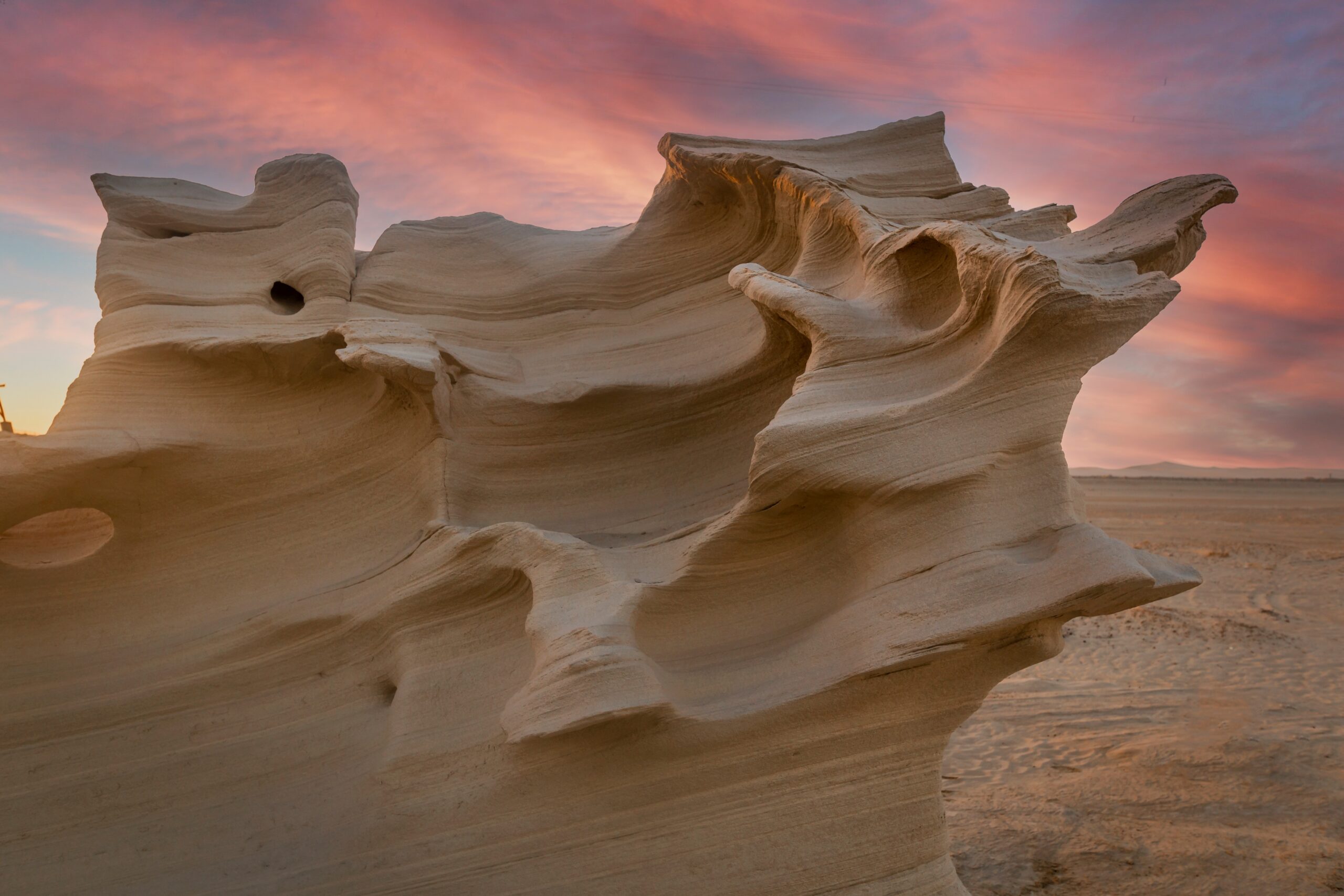
Al Wathba Fossil Dunes, located just outside Abu Dhabi, is a mesmerizing natural landscape that showcases the incredible power of wind and time. These fossilized sand dunes have been sculpted over thousands of years, creating intricate patterns and formations that resemble works of modern art. The fossil dunes are made of calcium carbonate, a product of the region’s ancient lakes that dried up millions of years ago. Today, they stand as ghostly figures in the desert, their unique shapes providing an almost surreal backdrop for photography and exploration. Despite their proximity to the bustling city of Abu Dhabi, the fossil dunes remain largely undiscovered by tourists, offering a peaceful retreat into nature. The area is especially beautiful at sunrise and sunset, when the soft light enhances the textures and colors of the dunes. For those looking to experience the UAE’s natural wonders beyond its urban attractions, Al Wathba Fossil Dunes are a must-visit.
Bimmah Sinkhole, Oman
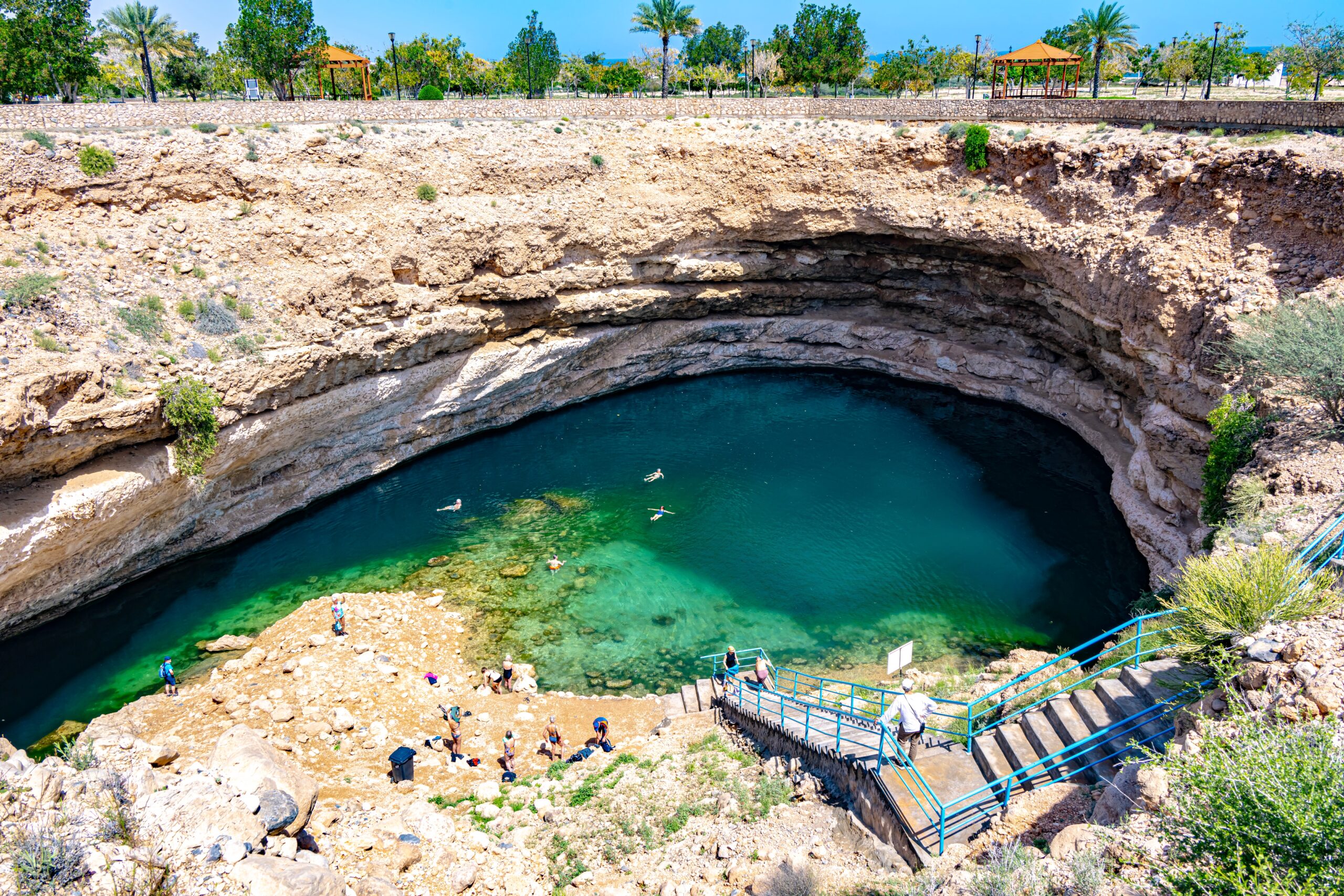
The Bimmah Sinkhole is one of Oman’s most fascinating natural wonders, located between the cities of Muscat and Sur. This massive sinkhole, filled with crystal-clear turquoise water, was formed by the collapse of a limestone cavern, creating a natural swimming pool that is both visually stunning and refreshing to dive into. The water, a mix of fresh and salty, is believed to have healing properties, drawing locals and the few tourists who discover it to take a dip. Surrounded by rocky cliffs, the sinkhole is an unexpected oasis in the arid desert landscape, making it a perfect stop for those exploring the coastal region of Oman. The site is well-maintained, with easy access to the water via steps carved into the rock. Despite its beauty and accessibility, the Bimmah Sinkhole remains relatively uncrowded, offering a tranquil escape where visitors can swim, relax, and marvel at this natural phenomenon.
Haql Shipwreck Beach, Saudi Arabia

Haql Shipwreck Beach, located near the town of Haql in Saudi Arabia’s Tabuk Province, is a pristine stretch of coastline that offers more than just stunning views of the Red Sea. The beach is most famous for its shipwreck, which lies partially submerged just offshore, creating an eerie yet captivating scene. The wreck, believed to be that of a cargo ship that ran aground decades ago, has become a popular spot for photographers and adventure seekers. The beach itself is relatively unknown and therefore free from the typical tourist crowds, allowing visitors to enjoy the serene beauty of the Red Sea in peace. The backdrop of the mountains of Sinai adds to the dramatic scenery, making Haql Shipwreck Beach a perfect destination for those looking to explore Saudi Arabia’s lesser-known coastal gems. Whether you’re interested in snorkeling, camping, or simply soaking in the views, this beach offers a unique experience off the beaten path.
Snoopy Island, Fujairah, UAE
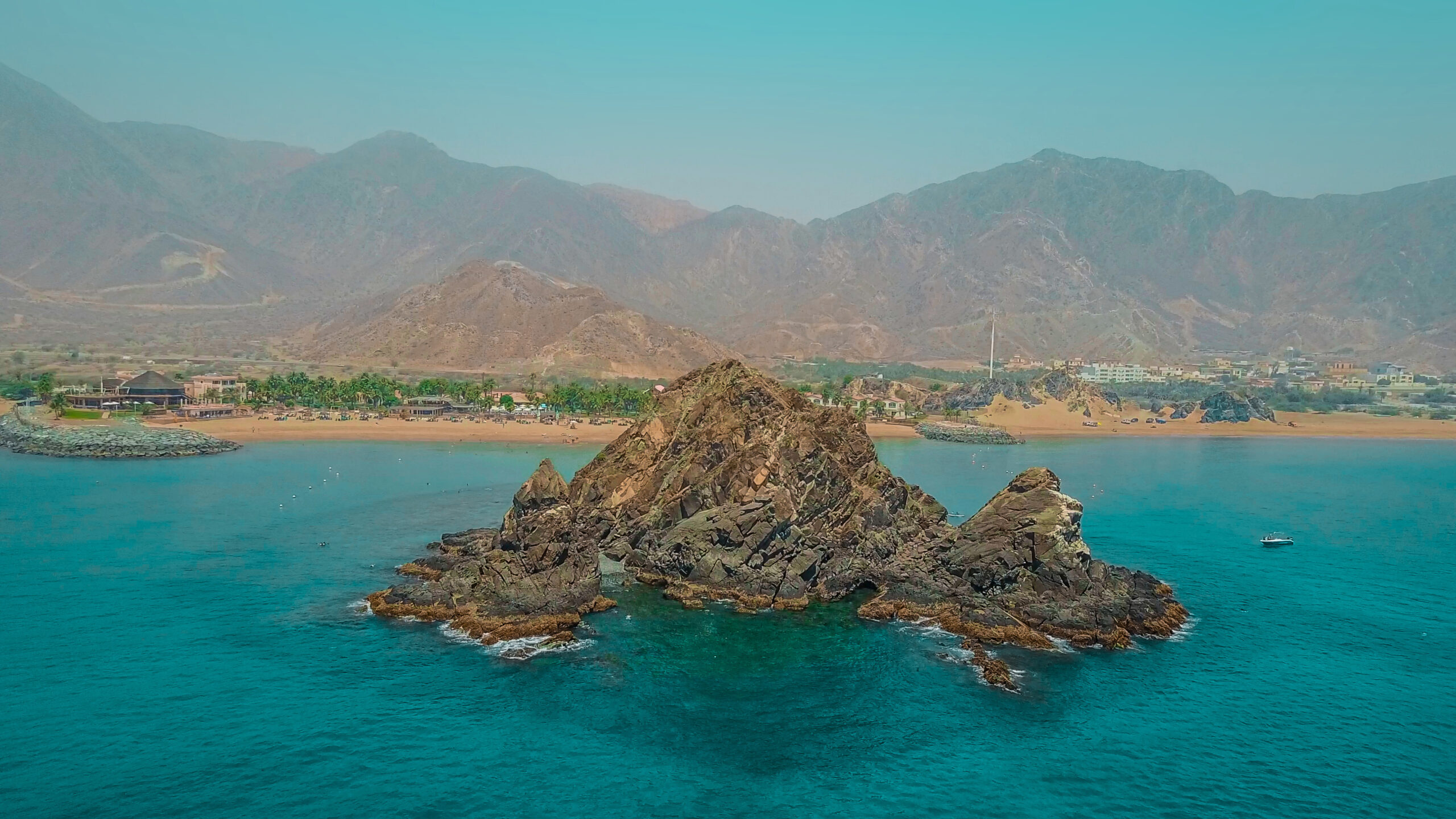
Snoopy Island, located off the coast of Fujairah in the UAE, is a small rocky island that has become a hidden paradise for beach lovers and marine enthusiasts. The island gets its name from its resemblance to the famous cartoon character Snoopy lying on his back. It is surrounded by coral reefs teeming with marine life, making it one of the best spots for snorkeling and diving in the region. Despite its natural beauty and rich underwater ecosystem, Snoopy Island remains relatively undiscovered by mainstream tourists, making it an ideal destination for those seeking a tranquil escape. The island is easily accessible by a short boat ride from the mainland, and its proximity to the Hajar Mountains provides a stunning backdrop for beachgoers. Visitors can also enjoy kayaking, paddleboarding, and other water sports, or simply relax on the sandy shores. For a peaceful and picturesque getaway, Snoopy Island offers a perfect blend of adventure and relaxation.
Amadiya, Iraqi Kurdistan, Iraq
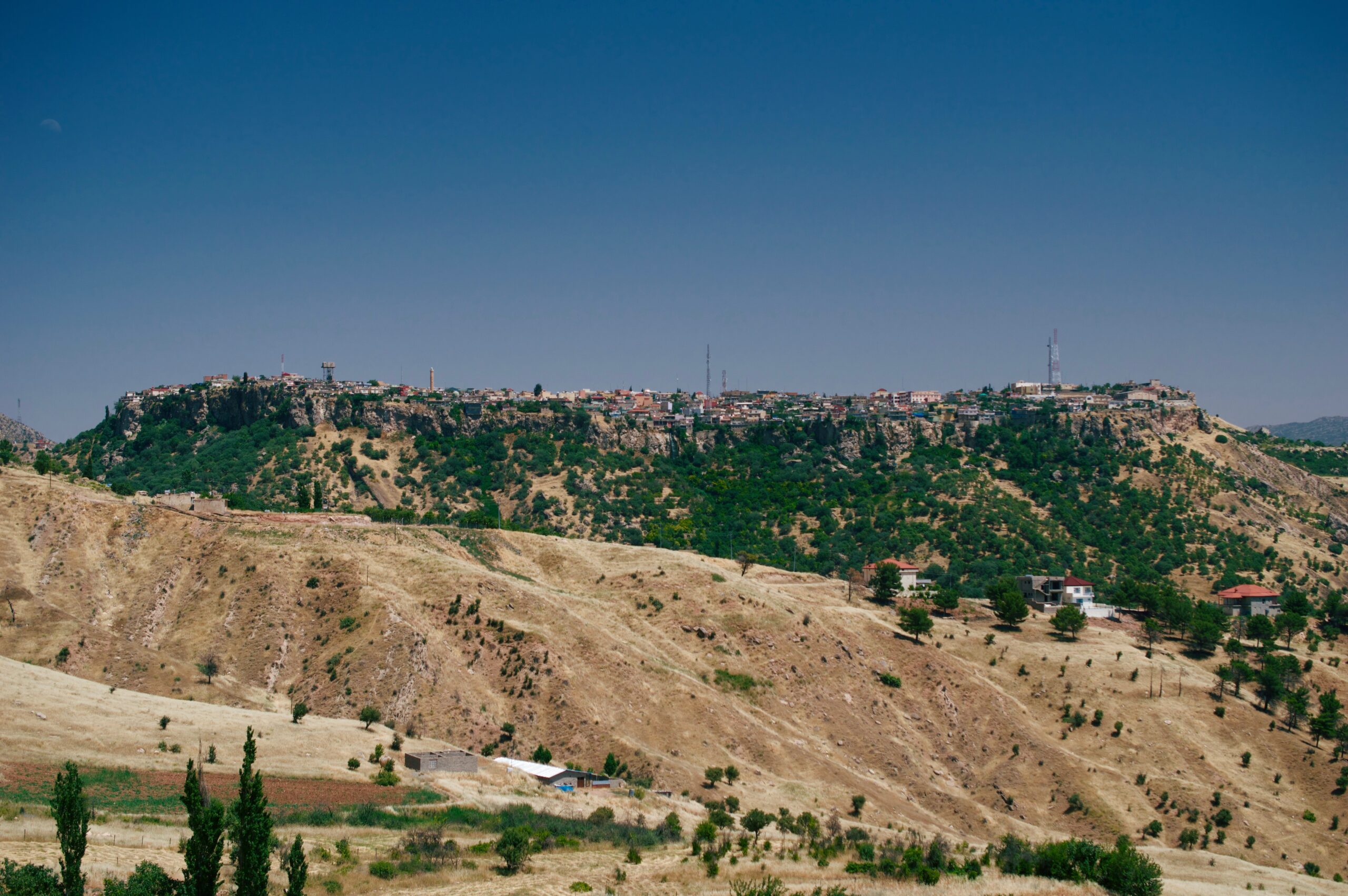
Perched on the flat top of a mountain in Iraqi Kurdistan, Amadiya is a picturesque village with a history that spans over 5,000 years. Often overlooked by travelers, this ancient town is believed to be the home of the Three Wise Men, who visited Jesus after his birth. The village is surrounded by breathtaking mountain scenery, with views that stretch across the rugged landscape of northern Iraq. Amadiya’s narrow streets are lined with traditional stone houses, many of which date back centuries, offering a glimpse into the region’s rich cultural heritage. The town’s unique location and historical significance make it a fascinating destination for those interested in exploring the lesser-known parts of the Middle East. Despite its beauty and historical importance, Amadiya remains relatively undiscovered by the outside world, providing a peaceful and authentic experience for those who venture here.
Shibam, Yemen
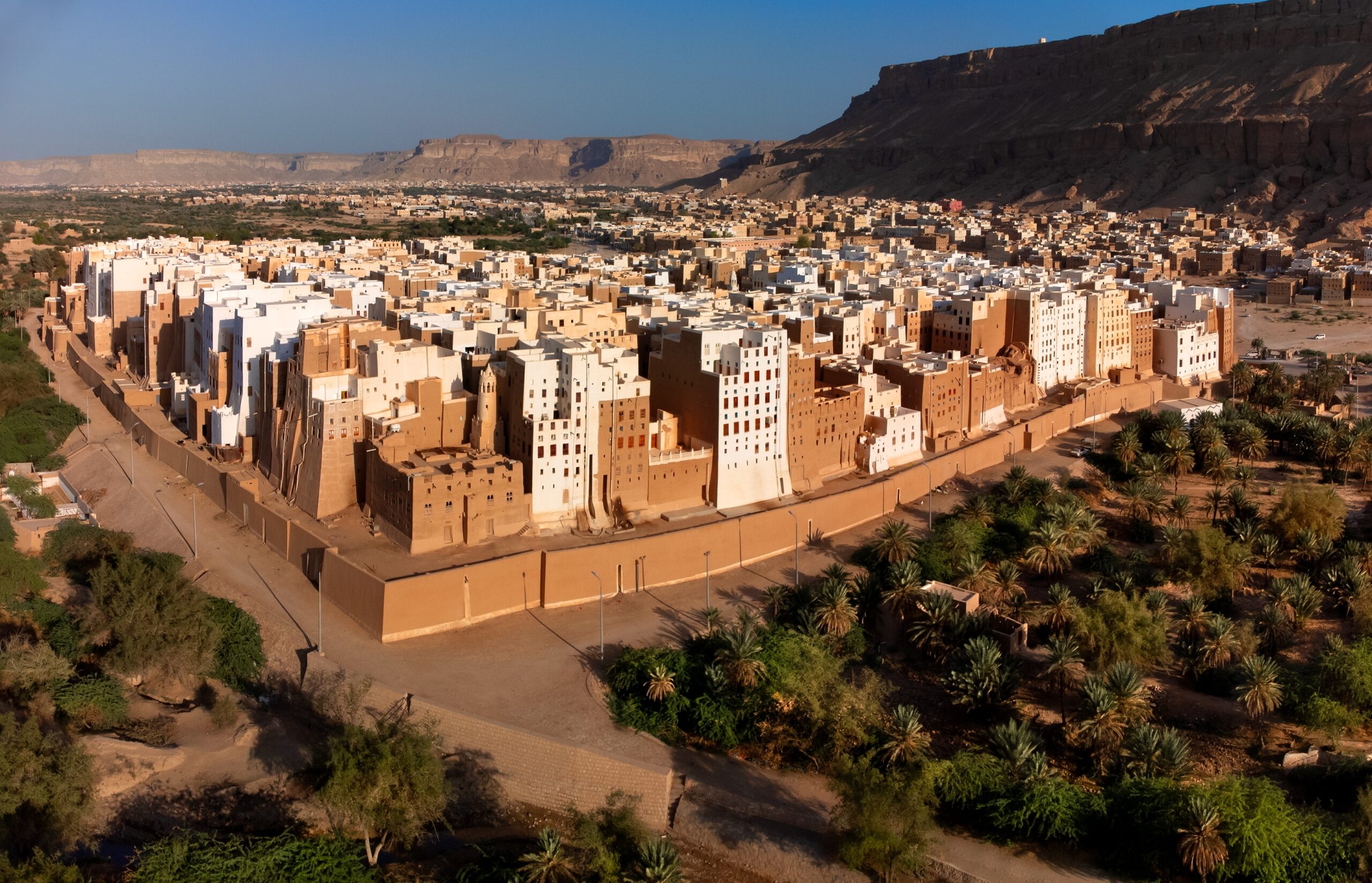
Shibam, often referred to as the “Manhattan of the Desert,” is a UNESCO World Heritage site located in the heart of Yemen’s Hadramaut region. This ancient town is famous for its towering mud-brick skyscrapers, some of which rise up to 9 stories high, making it one of the earliest examples of urban planning based on vertical construction. Built in the 16th century, Shibam’s buildings were designed to protect residents from Bedouin attacks, with the narrow streets creating a maze-like layout that confounds intruders. The town’s distinctive architecture and its location in the middle of the desert make it a remarkable sight, reminiscent of a city from a bygone era. Despite its historical and architectural significance, Shibam remains off the radar for most travelers, largely due to the ongoing conflict in Yemen. However, for those who can make the journey, Shibam offers an unparalleled experience of stepping back in time to explore one of the most unique urban environments in the world.
Ghadames, Libya
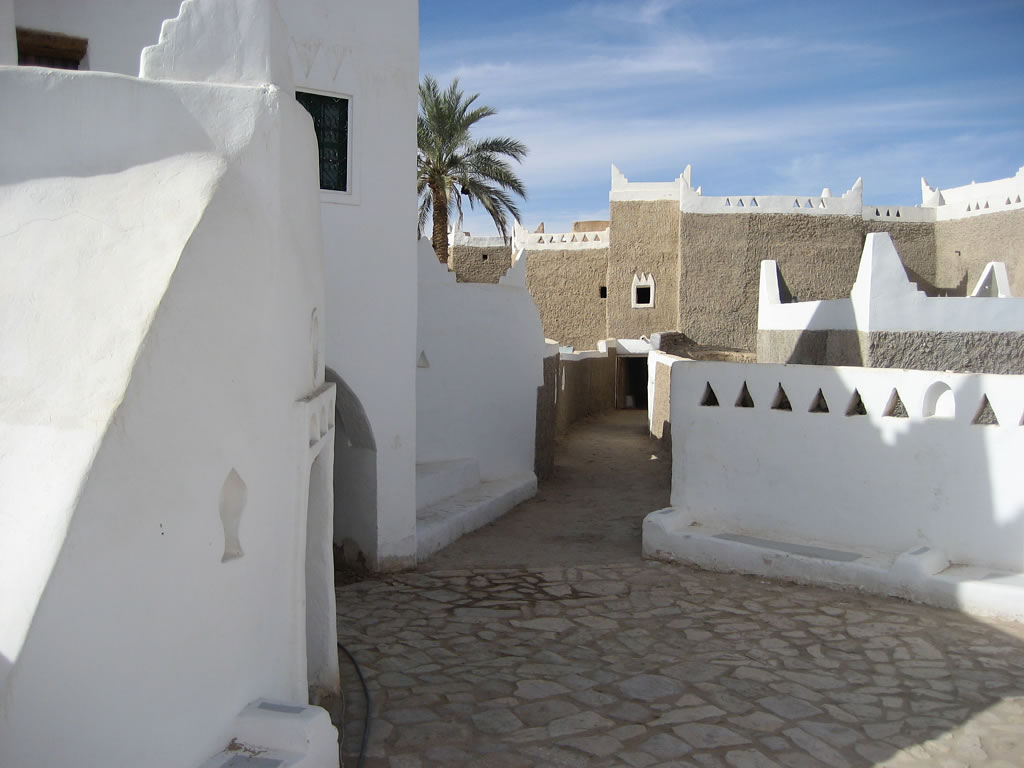
Ghadames, known as the “Pearl of the Desert,” is an ancient Berber city located in the Libyan Sahara, near the borders with Tunisia and Algeria. This UNESCO World Heritage site is one of the best-preserved examples of a traditional pre-Saharan settlement, with a labyrinth of covered streets designed to protect inhabitants from the scorching desert sun. The city’s whitewashed mud-brick houses, adorned with intricate geometric patterns, are connected by a network of alleyways that create a cool and shaded environment, even during the hottest days of summer. Ghadames has been a vital stop for desert caravans for centuries, serving as a hub of trade and culture in the region. Despite its historical importance and architectural beauty, Ghadames remains largely unexplored by international tourists due to Libya’s political instability. For those willing to brave the journey, the city offers a rare glimpse into a way of life that has remained largely unchanged for centuries, making it one of the most intriguing and less-traveled paths in the Middle East.
The Coastline of Dhofar Province, Oman
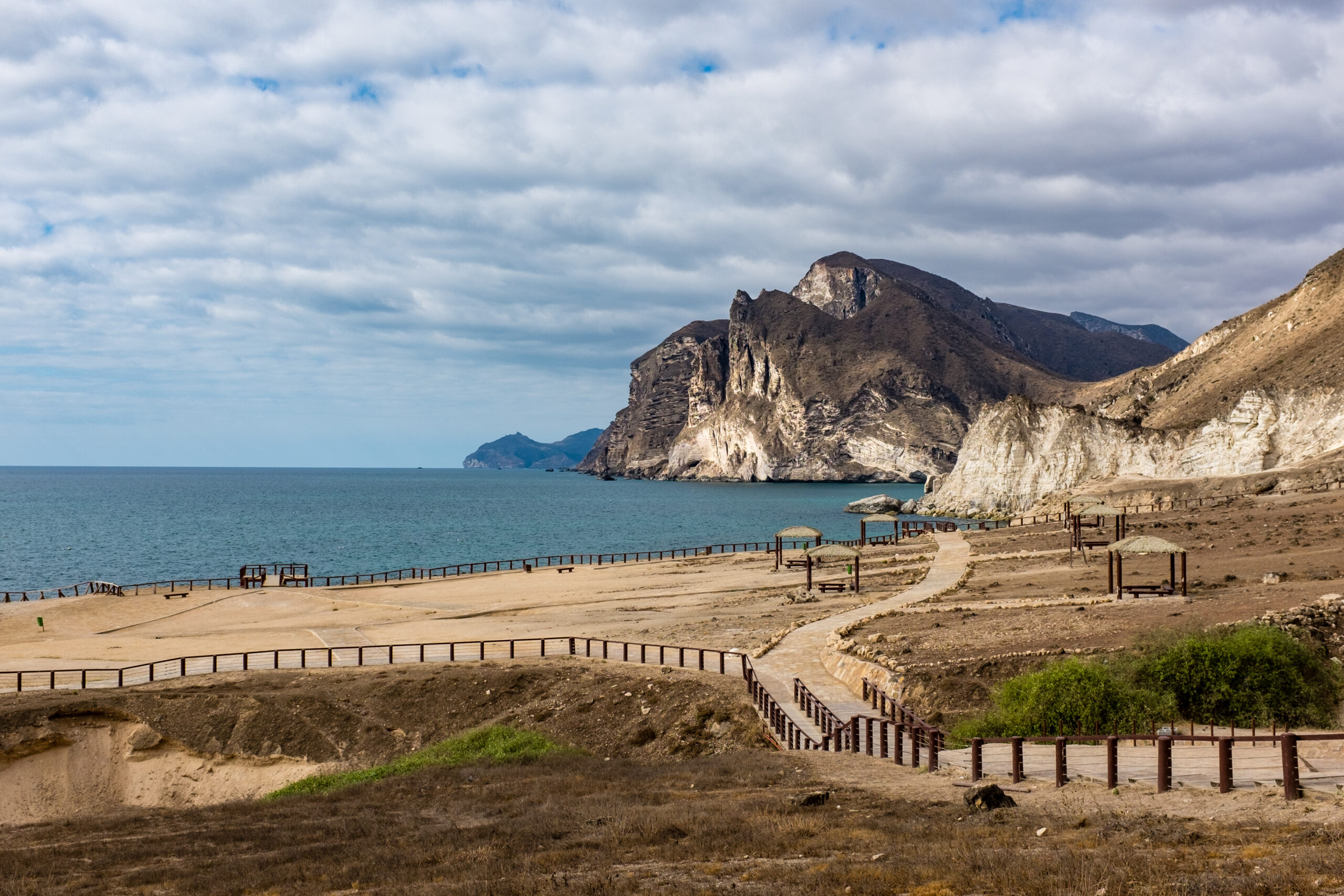
Stretching from southern Oman to the Yemeni border, the coastline of Dhofar Province is a stunning yet largely uncharted destination, characterized by dramatic cliffs, secluded beaches, and turquoise waters. This region is a stark contrast to the more commonly visited parts of Oman, offering a unique blend of natural beauty and cultural richness. The Khareef, or monsoon season, transforms the arid landscape into a lush green paradise, attracting a variety of wildlife and turning the area into a haven for nature lovers. The province is also home to the ancient city of Salalah, known for its frankincense trade and rich history. Despite its many attractions, Dhofar’s coastline remains off the beaten path for most tourists, who often stick to Oman’s northern regions. This makes it an ideal destination for those seeking to explore a less-commercialized part of the country, where the landscapes are wild, the culture is authentic, and the beaches are pristine.
Al Balad, Old City of Jeddah, Saudi Arabia
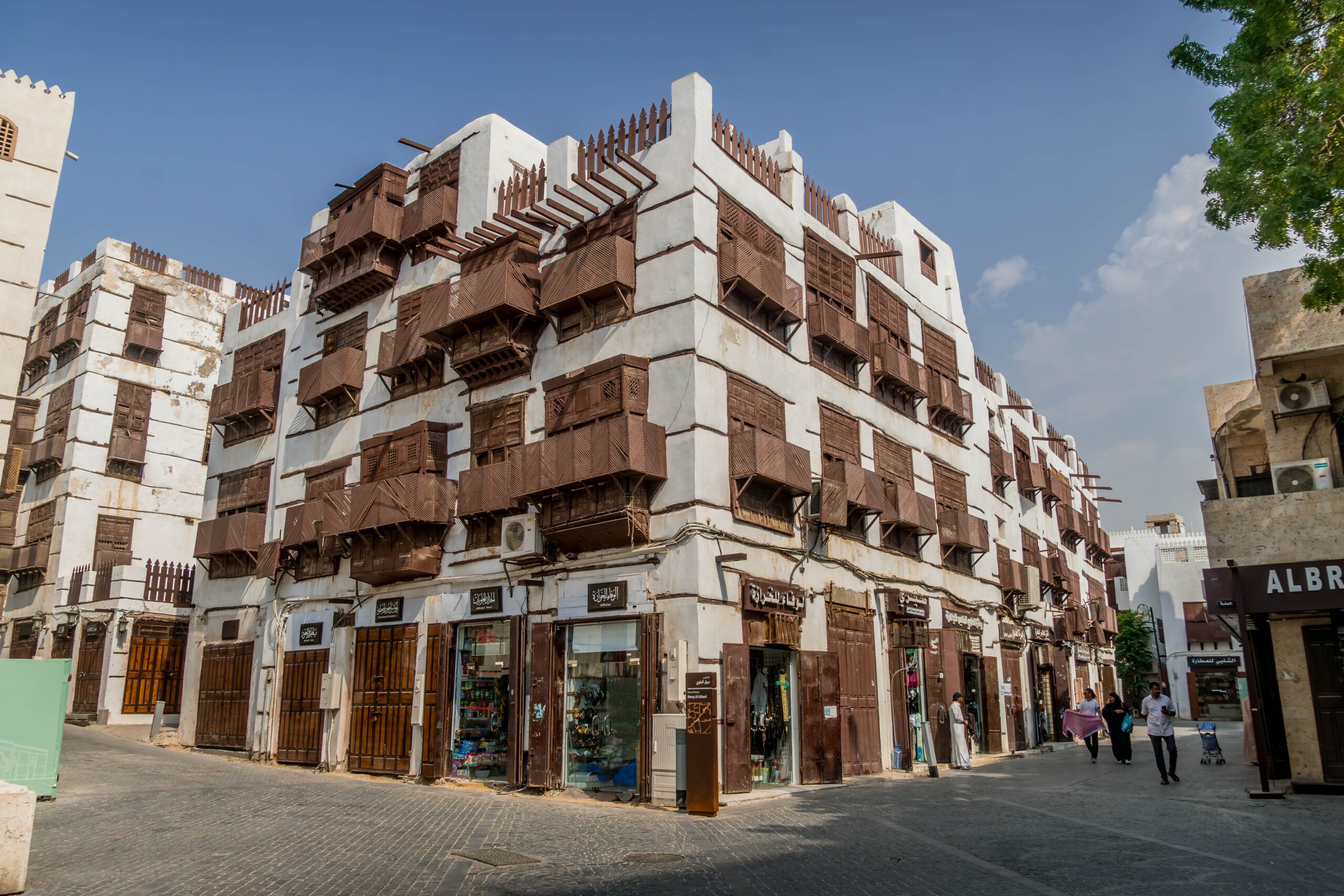
Al Balad, the historic heart of Jeddah, is a UNESCO World Heritage site that offers a glimpse into the rich history and culture of Saudi Arabia. Founded in the 7th century, Al Balad served as a major port for pilgrims traveling to Mecca, and its narrow streets are lined with coral stone buildings that reflect a blend of Arabian, Persian, and Ottoman architectural styles. The colorful facades, intricately carved wooden balconies, and bustling souks create a vibrant atmosphere that is both charming and evocative of a bygone era. Despite its historical significance and cultural richness, Al Balad is still relatively under-visited compared to other heritage sites in the region, making it a hidden gem for those looking to explore the less-touristy side of Saudi Arabia. The area is currently undergoing restoration efforts to preserve its unique character, making now the perfect time to visit and experience this living piece of history.
Golestan Province, Iran
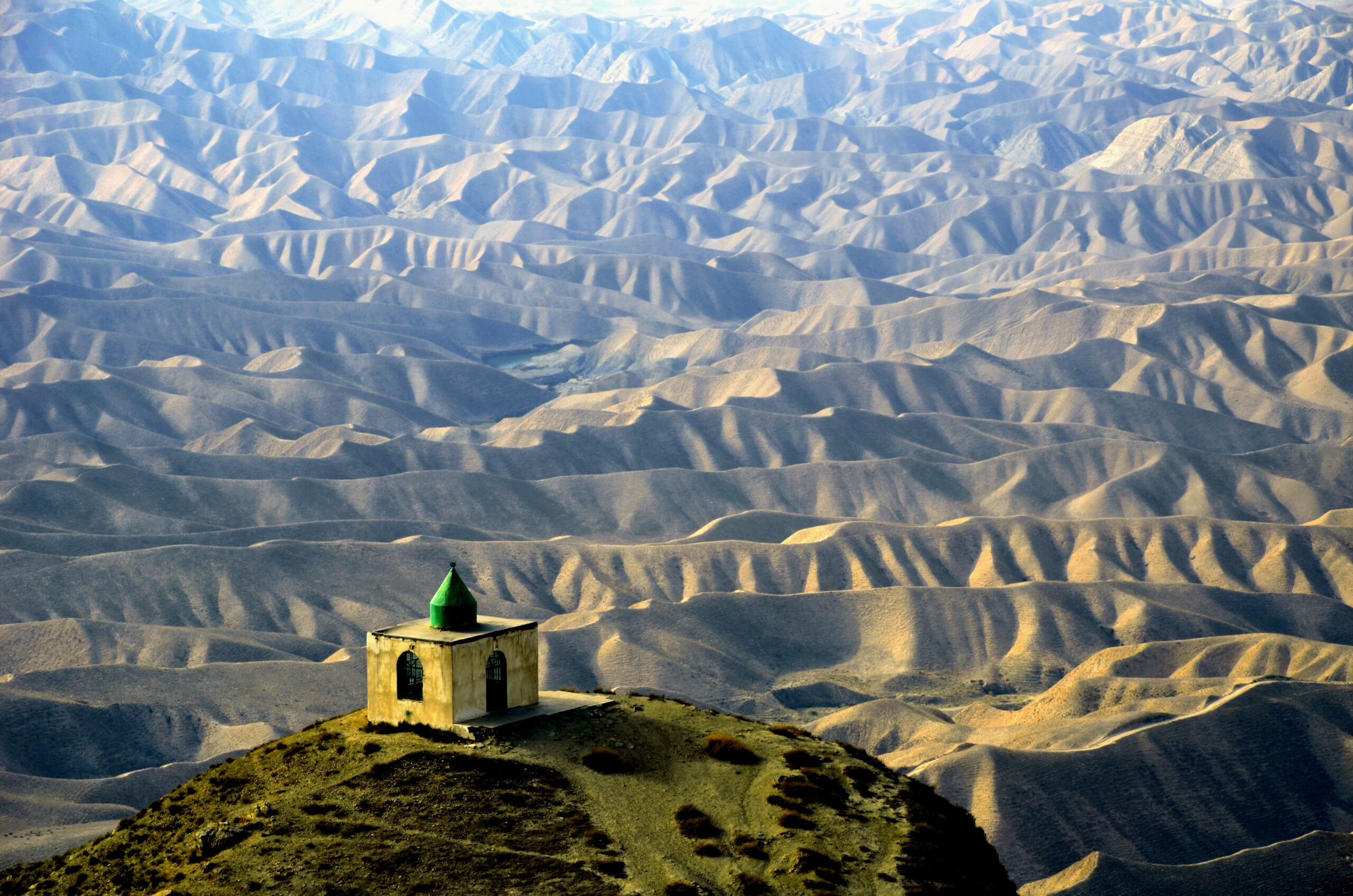
Golestan Province, located in the northeastern part of Iran near the border with Turkmenistan, is a region of stunning natural beauty that remains largely unexplored by international travelers. The province is home to a diverse landscape, ranging from dense forests and rolling hills to vast steppes and arid deserts. Golestan’s most unique feature is its large Turkmen community, whose culture and traditions are distinctly Central Asian, making it feel more like a part of Turkmenistan than Iran. The province is dotted with traditional Turkmen yurts, where visitors can experience the nomadic lifestyle and sample local delicacies like plov and kurut. The region is also rich in wildlife, with the Golestan National Park offering opportunities to see leopards, wild boar, and various bird species. Despite its many attractions, Golestan Province remains off the beaten path for most tourists, offering a rare opportunity to explore a different side of Iran that is both culturally and geographically unique.
Wadi Doa’n, Yemen
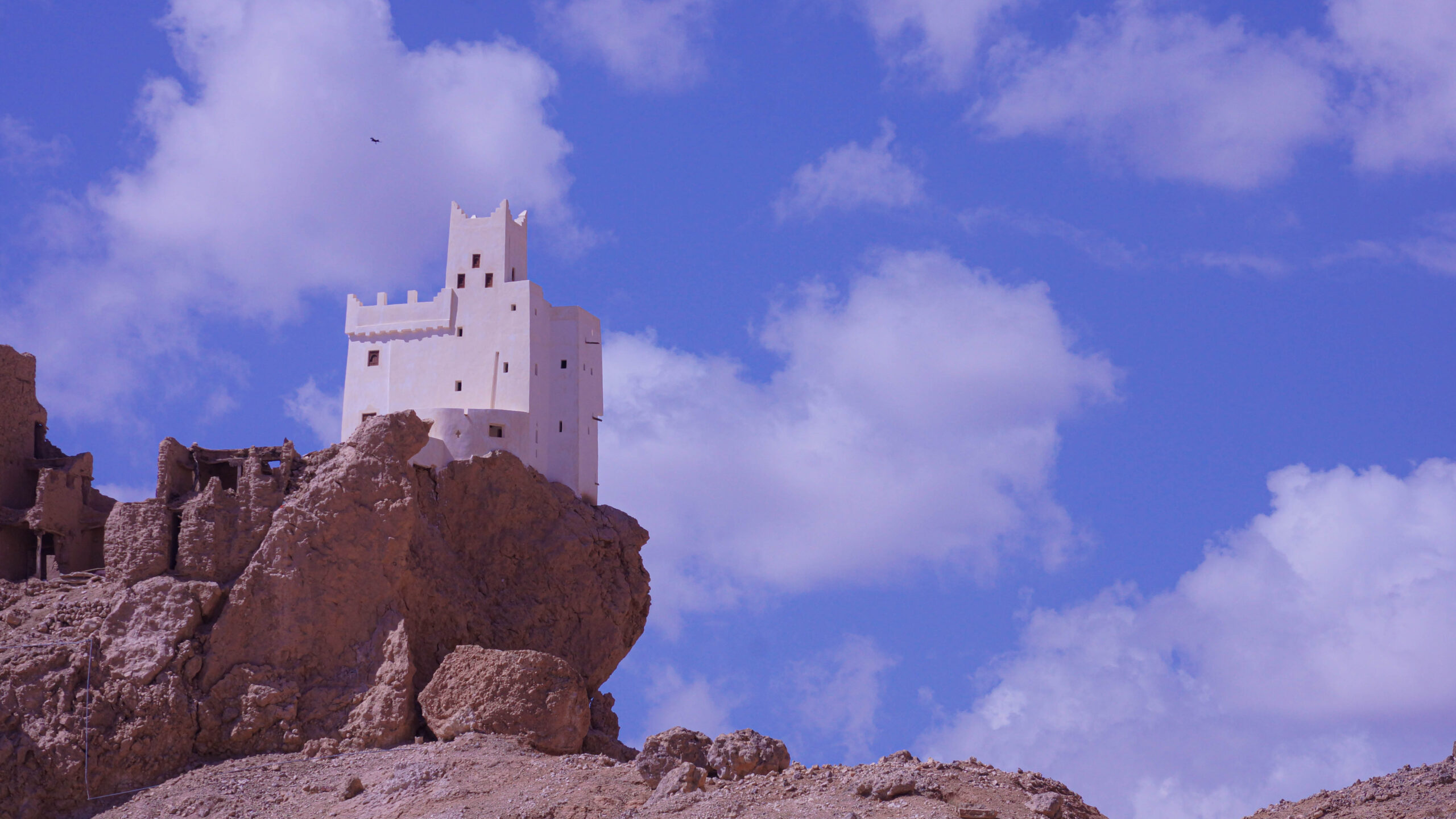
Wadi Doa’n, located in the Hadramaut region of Yemen, is a breathtaking canyon that offers some of the most dramatic landscapes in the Middle East. This remote valley is dotted with ancient mud-brick villages that cling to the sides of steep cliffs, creating a fairy-tale-like setting that feels worlds away from the modern world. The architecture of these villages is a testament to the ingenuity of the people who have lived here for centuries, with buildings designed to withstand the harsh desert environment. The wadi is also home to a rich cultural heritage, with local traditions and customs that have been passed down through generations. Despite its beauty and historical significance, Wadi Doa’n remains one of the least visited regions in Yemen, largely due to the ongoing conflict in the country. However, for those who are able to visit, the wadi offers an unforgettable experience of natural beauty, cultural richness, and adventure.
Qadisha Valley, Lebanon
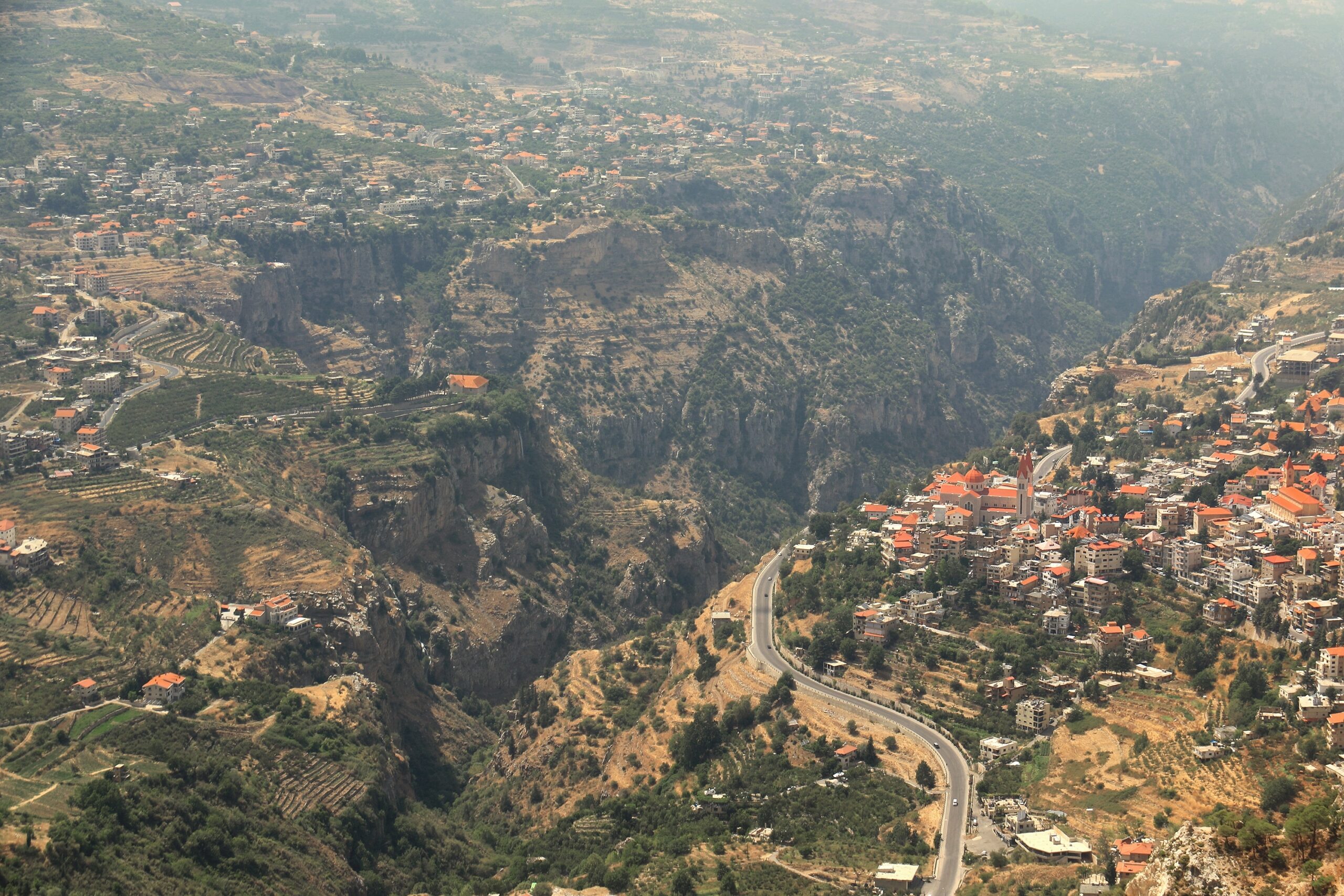
Qadisha Valley, also known as the Holy Valley, is one of the most picturesque and historically significant regions in Lebanon. Nestled in the mountains of northern Lebanon, the valley has been a place of refuge for Christian communities since the early days of Christianity. The valley is home to numerous ancient monasteries, many of which are still inhabited by monks who continue to live a life of solitude and prayer. The monasteries, some of which are carved into the cliffs, offer a glimpse into the ascetic lifestyle that has been practiced here for centuries. The valley is also a UNESCO World Heritage site, recognized for its cultural and religious significance. Despite its beauty and historical importance, Qadisha Valley remains relatively underexplored by tourists, making it an ideal destination for those looking to experience Lebanon’s rich heritage away from the crowds. The valley also offers numerous hiking trails that take visitors through lush forests, past waterfalls, and along the edge of steep cliffs.
This article originally appeared on Rarest.org.
More from Rarest.org
Succulents are popular for their unique shapes, colors, and low maintenance. But beyond the familiar varieties, there are some truly stunning and lesser-known types that deserve attention. Read more.
Professional football is a world of high stakes and immense rewards. Read more.
Crafts are an essential part of cultural heritage, reflecting the history and traditions of a region. Across the globe, people have developed unique skills and techniques, creating beautiful and meaningful objects. Read more.

